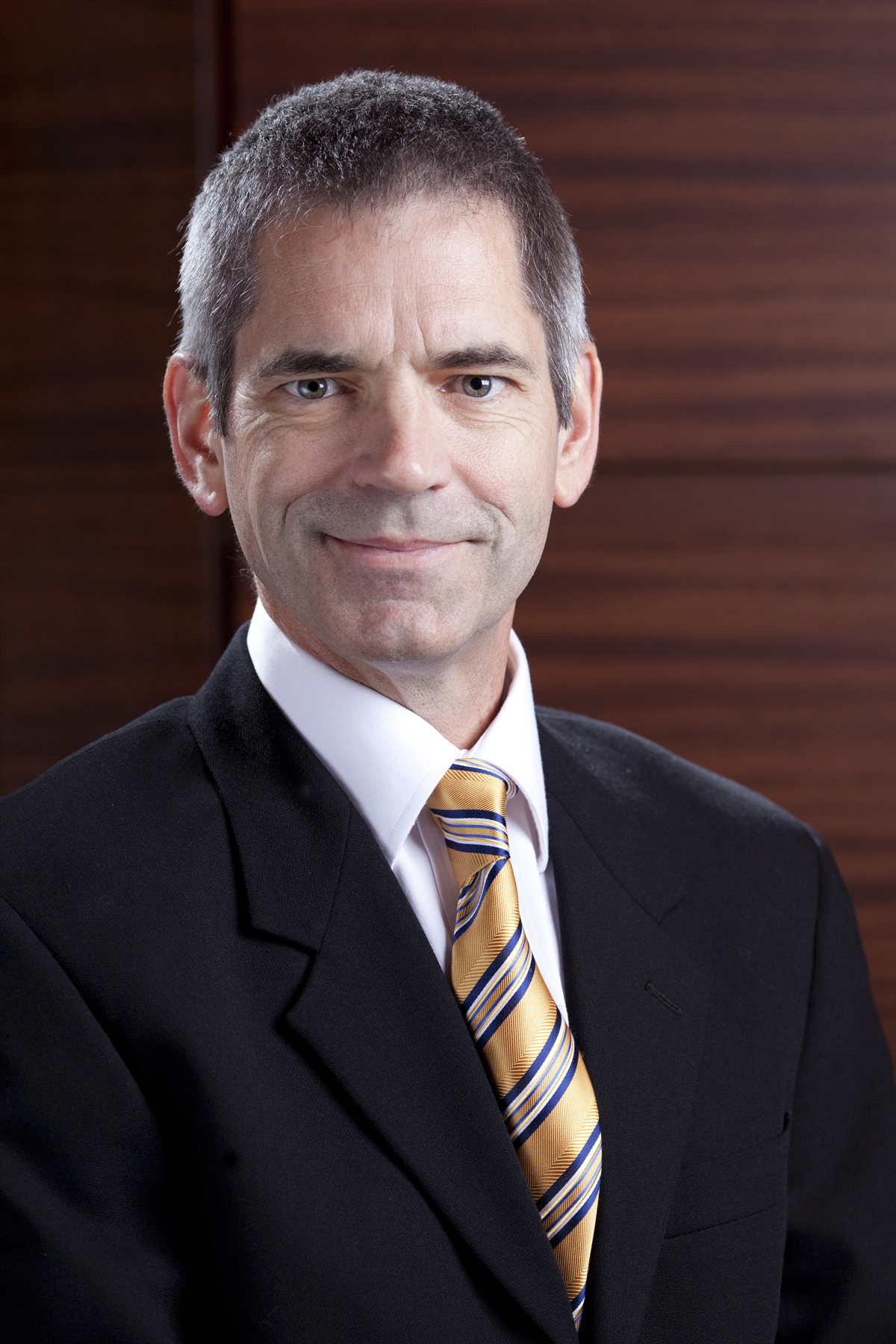


Tim Gaumond still remembers the back surgery he had when he was a young teenager. During a five-hour procedure, surgeons placed rods in his spine to correct a congenital alignment condition. A long hospital stay was followed by weeks in a body cast and then time in a wheelchair and on crutches. He missed months of the school year. While the surgery was successful, the recovery was an ordeal.
Fast forward several decades later and Gaumond, an architect and Director of Healthcare Architecture at Larson & Darby Group in Rockford, found himself with numbness and pain in his legs. He tried to compensate for it but it kept escalating.
“Standing or walking for any length of time caused the pain,” he recalls. “Then it got worse and turned into numbness in the leg.”
He tried some therapies but found no relief. Then, he attended a health care luncheon sponsored by the Rockford Chamber of Commerce in late 2014.
One of the physicians on the discussion panel was Michael Roh, M.D., spine surgeon at Rockford Spine Center. “My wife said to me, ’you should go see that guy.’”
Later in 2015, he found himself meeting with Dr. Roh, who outlined the results from an MRI.
“His spinal stenosis (narrowing of the spaces within the spine) was extremely severe,” says Dr. Roh. “I was very impressed that he was able to tolerate his symptoms as long as he had.”
Gaumond remembers being relieved that a cause for his worsening pain was finally clear.
“I was hesitant that he was going to tell me that there wasn’t anything he could do,” he says. “You put up with the discomfort for so long and you go in there pessimistic.”
That pessimism was reduced by Dr. Roh’s confidence that he could help Gaumond. He performed an outpatient laminectomy in July 2015, a procedure that relieves pressure on the nerves, built up over years of wear and tear, in Gaumond’s case.
“His surgery was very straightforward,” he says. “He was in great shape and made for an excellent surgical candidate. It took about 30 minutes and afterward, he had no restrictions on his activity.”
He went home in the early evening after the procedure and outside of some discomfort from the incision, he had a seamless recovery. He was in physical therapy the following week, ready to begin his recovery with no pain in his legs.
“It was like a switch had been turned off,” he recalls. “I kept expecting the pain but it never came. The best thing is that I eventually forgot about it. Everything turned out much better than I could have expected.”
Today, Gaumond is back to his very active lifestyle with very little impact from the surgery.
“The only thing I would have done differently is to have done it sooner,” he says. “I waited several years while it became worse and didn’t realize how much I was compensating for the pain. I just assumed nothing could be done. I was so surprised that it was so easily fixed.”